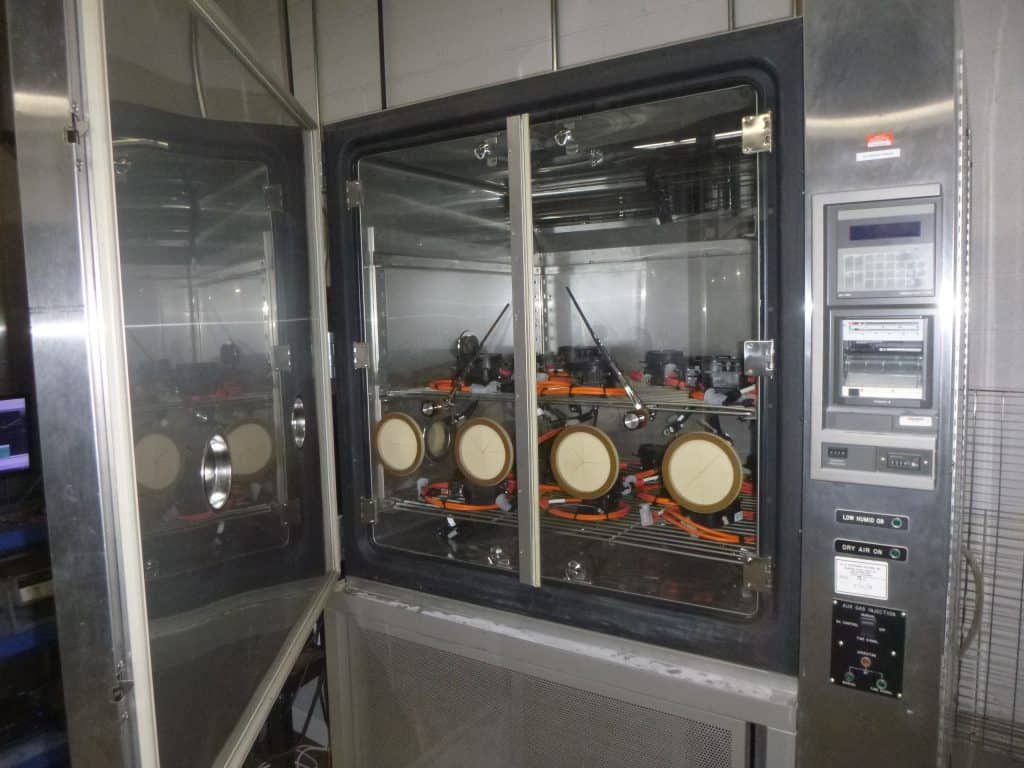As technology advances, the development of electronic devices and components has become increasingly complex. With this complexity comes the need for reliable environmental testing to ensure that these products can perform as expected in their intended environment.
However, environmental testing presents a unique set of challenges due to its diverse nature. In this article, we will explore some of these challenges and discuss potential solutions that can help manufacturers navigate them successfully.
Introduction to Environmental Testing for Electronics

Environmental testing of electronics is a process that can help identify potential safety and performance risks associated with the use of certain devices.
It involves subjecting electronic components, materials, or products to environmental conditions such as temperature, pressure, humidity, vibration, and electrical shocks to assess their tolerance and durability over time.
By understanding the effects these external factors have on the functionality and reliability of a device, manufacturers can design better-performing products that are safer for use both indoors and outdoors.
Common Challenges with Environmental Testing
Environmental testing is an important part of ensuring that electronic components and devices are safe for use. Despite the importance of conducting environmental tests, there can be a wide range of challenges associated with this process.
Some common issues include incorrect test cycles and equipment, inadequate test facilities, and limited availability of experienced personnel who can perform accurate tests. Without proper maintenance or understanding of the necessary processes, these problems can add up to cause significant delays in production and even costly product recalls if not addressed properly.
Therefore, its essential to find effective solutions that address these common challenges while still allowing companies to meet their safety standards.
Solutions for Overcoming Environmental Test Obstacles
When it comes to environmental testing for electronics, numerous obstacles can arise. From ensuring the accuracy of the tests to overcoming the cost associated with such procedures, tackling these issues is essential for businesses in this field.
Fortunately, there is a range of solutions available to tackle each of these challenges. One solution is to utilize an automated testing platform that helps streamline test processes and reduce errors while also helping businesses save time and money.
Additionally, using predictive analytics software can help organizations develop better strategies when it comes to environmental testing by providing insight into areas where resources should be allocated and adjustments need to be made.
Finally, investing in newer technologies such as 3D printing could significantly reduce costs associated with prototyping and other activities related to environmental testing processes. By utilizing these different solutions, companies within the industry will not only be able to overcome any obstacles related to their environment testing process but also increase their efficiency overall
Conclusion

In conclusion, environmental testing for electronics is an essential part of the production process. Companies must ensure that their products are capable of withstanding extreme conditions while still functioning properly to meet safety regulations and consumer expectations.
Fortunately, there are a variety of techniques available to companies that can help them identify potential risks, test components under realistic scenarios, and develop robust solutions for any issues that may arise during the development process.
By taking these steps, companies can better protect their products from unexpected changes in temperature or humidity as well as other environmental factors. With proper planning and implementation, manufacturers can be confident that electronic devices will function reliably even when faced with difficult challenges from Mother Nature.


